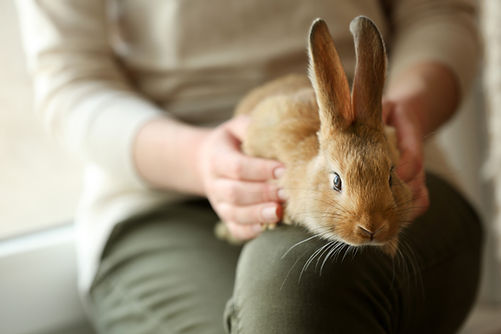
Mission Statement
The Virginia Federation of Humane Societies (VFHS) provides progressive leadership, advocacy, resources and support to individuals and organizations committed to improving animal welfare and addressing the issues of animal abuse, neglect, and homelessness in the Commonwealth.

Learn More About VFHS
The Virginia Federation of Humane Societies (VFHS) is the oldest and largest membership organization for animal welfare organizations and professionals in the Commonwealth of Virginia. Our 250 members include municipal animal shelters, private shelters, animal control officers, law enforcement, rescues, animal welfare professionals, and compassionate individuals throughout Virginia.
OUR PROGRAMS
Save VA Pets, a program of VFHS, recognizes that resources need to expand beyond the walls of a
shelter or rescue and into communities to best address the challenges faced in animal welfare.
This program provides diverse support including spay/neuter, animal transport, training, education
and guidance on policies and practices that support increased adoptions and progressive life saving
specific to the community’s needs.
High Five VA is dedicated to reducing the euthanasia of healthy and treatable animals in Virginia by the transfer of animals from under-resourced and rural counties to areas where their chances of adoption are far greater. Moving animals from one location to another can result in a decrease in length of stay, a more diverse selection of animals for adopters and a decrease in euthanasia overall.
High Five VA strives to accomplish this goal by:
- providing a closed fb group for participating organizations to network and facilitate transfer of animals, collaborate on urgent situations, share resources and build community within the VA animal welfare community.
- providing a caseworker to network the High Five animals to potential receiving organizations
- offering financial assistance to eliminate barriers to the successful transfer of animals, including short term boarding, fuel, vaccinations, testing and more.
For more information: High Five Virginia
Spay Virginia is focused on ensuring accessible and affordable spay/neuter options for Virginia pet owners and advocates. In the last five years SpayVA has disseminated over $100,000 in grants to member organizations for the provision of spay/neuter of owned pets, rescue pets and community cats throughout the state.
Annual Conference - Each year, VFHS presents a multi-day conference featuring renowned speakers who offer training on latest progressive practices in animal care, professional and organizational development, fundraising, spay/neuter programming and increasing lifesaving for sheltered animals. The Annual Conference is incredibly important to the Federation’s’ lifesaving goal, not only for the training it offers but also because members are able to develop strong and strategic partnerships among VFHS members.
HISTORY:
The Virginia Federation of Humane Societies was organized in 1959 by Pearl Rainwater Twyne, a woman of great vision and purpose. Born in Missouri, she moved to the Washington D.C. area in the 1920’s to work for the Department of Agriculture. Mrs. Twyne helped to found the Arlington Animal Welfare League in 1944 and served as its president until 1967. She was also involved in establishing the Humane Society of Fairfax County and the American Horse Protection Association. She was a former regional chapter president for Defenders of Wildlife and served on a presidential panel appointed to study the status of wild horses. Her testimony before Congress contributed to the passage of the Wild and Free-Roaming Horses and Burros Act of 1970.
Mrs. Twyne’s experience with animal welfare organizations in the northern Virginia area inspired her to establish a statewide organization to serve as an umbrella for animal-related agencies to work together toward common goals. Initially involving the northern Virginia and Tidewater areas, the Virginia Federation of Humane Societies expanded to encompass most areas of the Commonwealth.
The general objectives that were developed at the time of the Federation’s organization in 1959 are just as valid today as they were then – providing leadership and support for organizations around Virginia so that together the care and protection of animals will be improved. VFHS has been and continues to be a leader in the animal welfare movement in Virginia.
VFHS Strategic Plan
In 2006, the Virginia Federation of Humane Societies introduced an ambitious strategic plan that reflected the priorities of its members. Through this plan, VFHS has both the opportunity and the responsibility to unite Virginia's humane organizations, rescue groups, veterinarians and animal care and control agencies behind a commitment to end the euthanasia of healthy or treatable dogs and cats in Virginia. We invite everyone concerned about the welfare of animals in Virginia to work together to achieve the goals that will bring us all closer to realizing that vision.
The Strategic Plan has been updated twice since it was originally created, most recently in 2022, and may be found by clicking this link:








